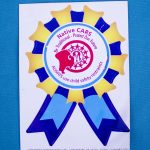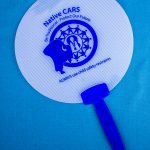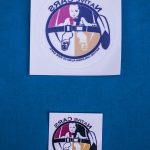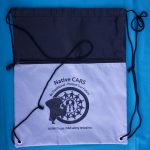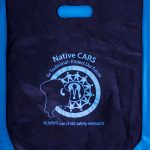1.5 Hold Regular Meetings with Your Coalition
Regular meetings are essential to keeping your coalition strong. Here are some ideas on how to run successful meetings:
- Find a time that works for everyone. Although this may be nearly impossible, we’ve found that Fridays during lunch or after 5 p.m. work best. The best advice we can give is to try different meeting times and communicate with coalition members about what works best for them.
- Set aside a specific date and time and stick with it. Being consistent will help people plan their schedules. They may be able to keep their calendar clear on, say, the 4th Thursday of the month. If they know they can’t make the meeting, they can send someone to attend in their place. This works especially well if someone is representing an organization.
- Provide people with an agenda several days before the meeting. Since most people are busy, they may only want to attend the meetings that interest them or pertain to their area of expertise. And when you send out the agenda, ask people what they would like to discuss and accomplish at the meeting.
- Keep the meeting short. Limit it to one hour and stick to it. You want to honor people’s time and commitment. If the meeting is running long, cut it off and say you will be available for questions afterward.
 Provide free food at the meetings. More people will attend, and it is always a less-threatening and more comfortable atmosphere when people meet over a meal or even snacks. For ideas on how to pay for this, see Module 1.8 .Seek Funding for Your Coalition.
Provide free food at the meetings. More people will attend, and it is always a less-threatening and more comfortable atmosphere when people meet over a meal or even snacks. For ideas on how to pay for this, see Module 1.8 .Seek Funding for Your Coalition.- Make meetings fun and engaging. There’s nothing worse than a boring meeting that accomplishes nothing and wastes time. Planning ahead and thinking of fun, engaging activities will go a long way to keeping people interested, participating, and attending meetings.
In subsequent meetings, you’ll want to:
- Continue to build your team. Some people may not be interested in joining your team right away. Team membership will be fluid, and team building should be an on-going process.
- Identify roles for each coalition member. Talk openly and honestly about each person’s strengths and weaknesses. Talk about things that people can do and don’t want to do.
- Talk about each person’s learning style. Think how you can best accommodate how people learn. For example, some people may learn better visually, while others verbally. For more information on learning styles, visit teach.com.
- Determine what types of training people need. Find out who is interested in participating in a child passenger restraint training. Module 7 provides an example of the training people can participate in. This training is also available through Indian Health Service Safe Native American Passengers (SNAP). Visit SNAP website to learn more. You’ll want to offer a training within the first few months after the coalition starts.
- Give out a training kit. Print out and provide people with this training folder or another training resource, such as SaferCar.gov, SafeKids.org, or The Right Seat.
- Go over the car seat safety campaign in more detail. Explain the goals and plans again, and continue to answer any questions or concerns attendees may have.
- Monitor the size of the coalition. The smaller the coalition, the easier you’ll be able to work together. The bigger a group gets, the longer your meetings run, and the more people start to disengage, withdraw, and separate. But it’s still wise to keep your meetings open for others to join.
What should I have my coalition do?
- Discuss ideas for collaboration across departments
- Assess community readiness
- Collect data
- Make plans for activities
- Review media materials
- Volunteer to help out at any upcoming events, like car seat checks or health fairs
- Review tribal or organizational policies and draft new policy as needed
To get some tips for how to avoid burning out your coalition, go to the next section.
 Provide free food at the meetings. More people will attend, and it is always a less-threatening and more comfortable atmosphere when people meet over a meal or even snacks. For ideas on how to pay for this, see Module 1.8 .Seek Funding for Your Coalition.
Provide free food at the meetings. More people will attend, and it is always a less-threatening and more comfortable atmosphere when people meet over a meal or even snacks. For ideas on how to pay for this, see Module 1.8 .Seek Funding for Your Coalition.

